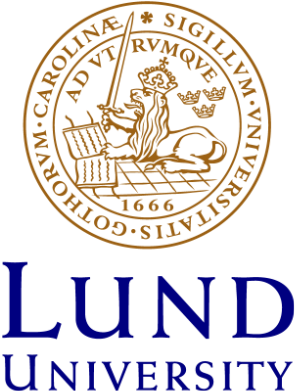Systematic study of azimuthal anisotropy in Cu plus Cu and Au plus Au collisions at root s(NN)=62.4 and 200 GeV
We have studied the dependence of azimuthal anisotropy nu(2) for inclusive and identified charged hadrons in Au + Au and Cu + Cu collisions on collision energy, species, and centrality. The values of nu(2) as a function of transverse momentum pT and centrality in Au + Au collisions at root s(NN) = 200 and 62.4 GeV are the same within uncertainties. However, in Cu + Cu collisions we observe a decre
